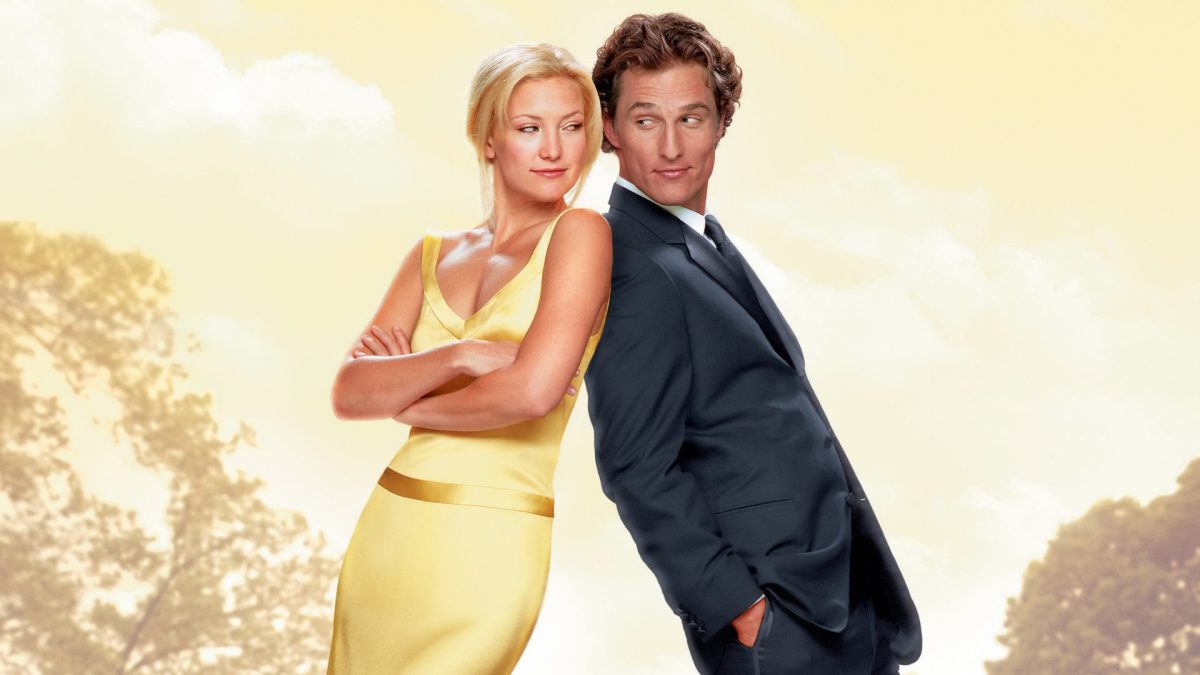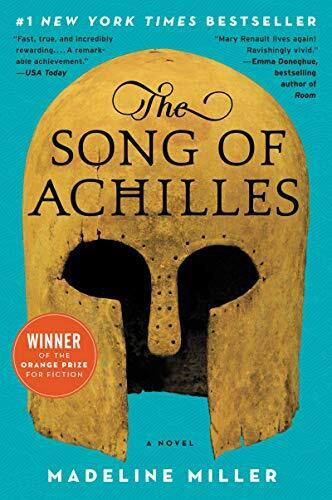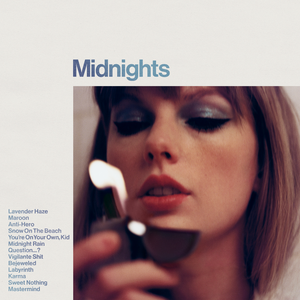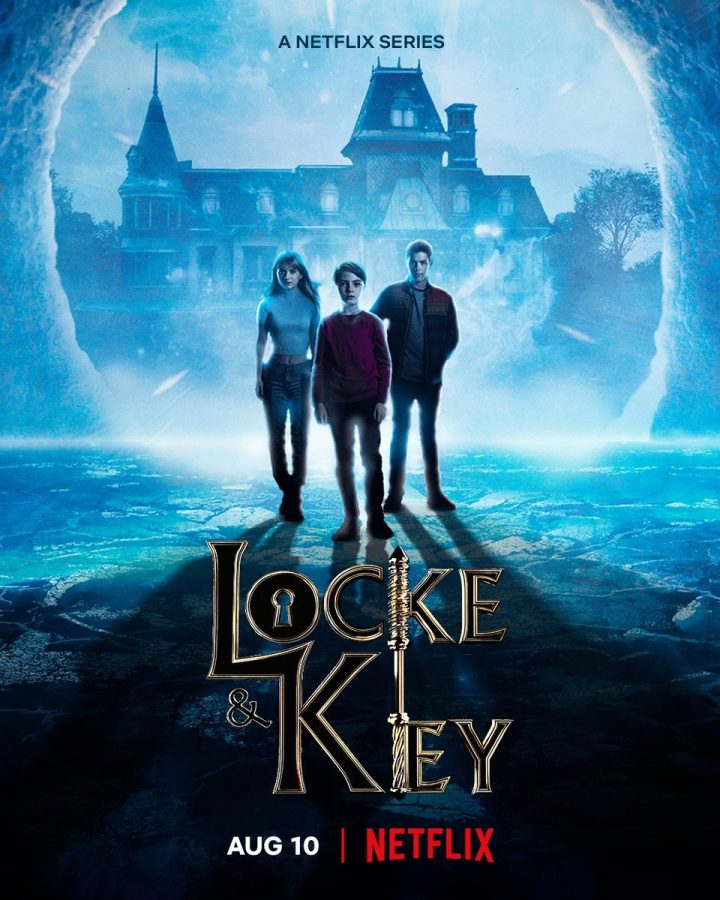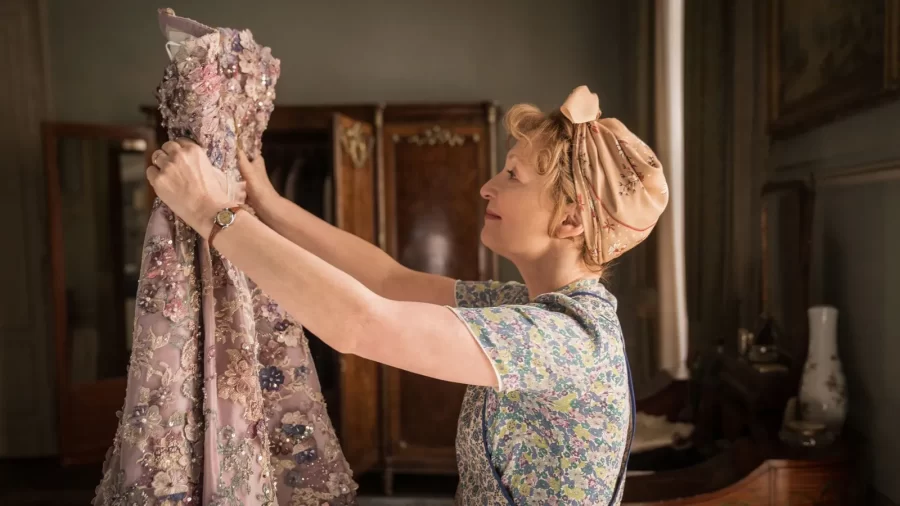The yellow backless Carolina Herrera dress gracefully clings to Kate Hudson’s form with her blonde hair elegantly swept up. She rushes out of the gala. Adorning her neck is a 5-million-dollar Harry Winston diamond necklace, resting comfortably against her skin. Her emotions are in turmoil after receiving unsettling news from the man she once loved. “You wanted to lose a guy in 10 days, congratulations, you did it. You just lost him,” Ben shouts, his words only heightening the tension. Attempting to hold back her emotions, Andie responds, “No, Ben, I didn’t lose you, because you can’t lose something you never had,” (How To Lose a Guy in 10 Days, 2003).
The 2003 romantic comedy, How To Lose a Guy in 10 Days, directed by Donald Petrie, stars Kate Hudson as the amiable, blonde, and vivacious female lead, and Matthew McConaughey as Benjamin Barry, the charismatic, cocky, and headstrong advertising executive. This film delves into a world where ambition and love intersect. Andie, a writer at Composure magazine, harbors aspirations of “serious journalism”. However, her boss compels her to craft content that captivates the magazine’s readers, which means vapid beauty and fashion articles. This prompts Andie to write an article on the “classic relationship mistakes that women make,” inspired by her friend’s recent heartbreak. Andie randomly selects the man she encounters at a bar, Benjamin, as her unwitting test subject. Simultaneously, Ben persuades his boss that he can make any woman fall in love with him, setting up the romance as the two individuals find love despite their initial ulterior motives.
How To Lose a Guy in 10 Days has earned its status as a cult classic, yet it also offers a glimpse into the complex issue of gender dynamics. The film inadvertently reinforces stereotypes about female journalists through the depiction of Andie Anderson, who grapples with blurred lines of journalistic integrity while navigating the complexities of her relationship with Ben, who perceives her job as nothing more than a joke. Moreover, the film accentuates the theme of “what women do wrong in relationships” through a series of 10 rules designed to make any man lose interest. While the film thrived two decades ago, from a 21st-century perspective, How to Lose a Guy in 10 Days serves as a poignant reminder of the societal pressures women face in both the sphere of work and romance. Ultimately, the movie underscores not just a lack of seriousness in female lead journalism, but also perpetuates deeply entrenched sexism and misogyny through Andie’s article.
Andie Anderson is driven by a deep desire to make a meaningful impact in the world of journalism, yearning to be taken seriously. However, as a writer for Composure magazine, she often finds herself assigned to writing “how-to” articles that fall short of her own standards. When Andie completes her article on “How to Lose a Guy in 10 Days”, her boss Lana suggests that “the sky’s the limit” when it comes to what she writes, with the exception of certain topics like politics, religion, poverty, or economics. Lana goes on to express the belief that women aren’t interested in reading about “real” issues, but instead prefer content related to fashion and shoes. The characterization of Lana scolding Andie for her desire to pursue more substantial writing reinforces the harmful stereotype that female journalists are strictly confined to covering frivolous subjects. Lana’s expression of this notion is itself indicative of a sexist perspective During Andie and Ben’s first date, when Andie mentions her job at Composure magazine, Ben quips, “Saving the world one shopaholic at a time” (How to Lose a Guy in 10 Days, 2003). Although Andie initially brushes off his comment, she eventually asserts her qualifications, proudly sharing that she holds a master’s degree from Columbia. She confidently states that she’ll soon have the opportunity to write any article she desires. Nonetheless, Ben fails to acknowledge Andie’s future goals and instead responds, “…like shoes?” This moment exemplifies the consistent theme in the film that women in journalism are often not regarded with the same level of professionalism as their male counterparts. The movie further accentuates the disparity through Andie’s disregard for journalistic ethics. The film industry loves to female journalists as inexperienced and making reckless decisions, whether that be in movies like “Never Been Kissed” or “Trainwreck,” the plot itself warped with a messy romance that clearly crosses the line of what journalists should do. Adie attempts to seduce Ben for an article by resorting to manipulation and playing into gender stereotypes. This is evident when Andie outlines her plan, saying, “I’ll order the most expensive thing on the menu, I’ll have a small breakdown, and then you’ll be my knight in shining armor” (How To Lose a Guy in 10 Days, 2003). In essence, the film bolsters the idea that female journalists are limited to shallow topics such as cosmetics, vanity, and superficiality, thus succumbing to what society expects of them.
The narrative of the outspoken female journalist is a recurring theme in films, akin to what we observe in movies such as 13 Going on 30 and The Devil Wears Prada. These movies do offer glimpses of young, determined women breaking into the realm of journalism but inadvertently draw attention to a more profound issue: the tendency for these journalists to exclusively cover the fashion industry. The core plot of The Devil Wears Prada revolves around Andy Sachs, played by Anne Hathaway, and her job at a prestigious magazine known as “Runway”. Her boyfriend is appalled by her job because he sees bigger things from her and thinks she should work at something more “sophisticated” like The New York Times or The Washington Post. As the movie progresses, we witness her friends and even her father expressing their disappointment in her. They no longer view her as a legitimate journalist because she writes for a fashion publication. They make comments insinuating that she could have pursued a career in law instead of working for a fashion magazine. Such thematic emphasis often seems to be a deeply ingrained, misogynistic viewpoint, as though the creators of these films fail to acknowledge that women can and do address topics of greater substance.
On The Today Show, Kate Hudson tells viewers, “Now there’s a new generation of journalists who would say, ‘Andie Anderson made me want to be a journalist.’” While the character Andie Anderson portrays an ardent journalist fighting to establish herself beyond “how to” articles, the underlying depiction of Andie as a mindless writer at Composure, a publication focused on the superficial needs of women is not inspiring for any female journalists. Although Andie eventually resigns from her position at Composure magazine, demonstrating her ability to write beyond the confines of “girl world,” the film maintains its negative connotations about female journalism, even in the face of Andie’s triumph. Consequently, it only amplifies the pernicious stereotype that journalism in the realms of beauty and fashion is somehow inferior. This, in turn, perpetuates the deeply misogynistic notion that women are not accorded the same level of respect within the journalism industry.
Additionally, the film’s central premise of Andie creating an article that advises women on everything they might be doing wrong in a relationship is inherently sexist. Kate Hudson has expressed in an Apple TV interview that the movie is “actually quite [a] feminist movie, and I think that really resonates with young girls: The concept that women are in control of their own destiny, their own life” (Apple TV). In stark contrast to the claim of female empowerment, the film’s plot centers on Andie’s unrealistic actions, which range from filling Ben’s apartment with ferns and signed autographs to stuffed animals. These actions are meant to address the supposed mistakes women make in relationships, effectively pointing out flaws in women rather than promoting empowerment and self-determination.
As fans anticipate a potential sequel in the years to come, it is vital to acknowledge that any such endeavor would benefit from a reevaluated perspective, one that abdicates the dated characterization that diminishes lifestyle journalism. It would be somewhat refreshing to see Andie Anderson confidently tackling a wide array of topics, for her Columbia degree does not elevate her above “how-to” writing but rather signifies her capacity to explore other topics. While it is entirely reasonable for Andie to aim to broaden her writing horizons, the film subtly implies that female lifestyle journalism is inferior and the article Andie writes only emphasizes this destructive gender dynamic taking place. This perspective leaves viewers with the impression that, as Kate Hudson suggests, women may have a natural inclination toward pursuing careers in journalism. However, what she didn’t address is the potential hesitancy women may feel when it comes to venturing into the domains of lifestyle, cosmetics, and fashion. Not to mention that such negative associations are rarely if ever, made in the realm of men’s sports journalism. This dichotomy underscores the disparity in how the two genders are depicted in the field and the confinement of certain subject matters. Overall, How to Lose a Guy in 10 Days showcases Andie’s evolution from conforming to initial stereotypes to utilizing her position to challenge those norms, by quitting her job. However, beneath what some would say is an empowering message lies the palpable frustration that Andie experiences due to the perception of her work at Composure, thus, embedding a theme of sexism within this beloved early 2000s film.

